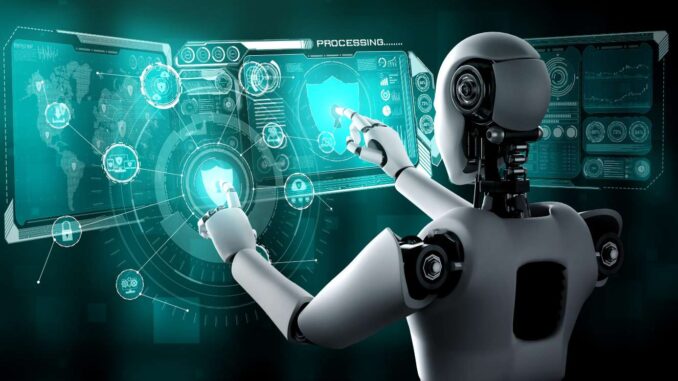
AI-driven tutoring systems are advanced educational tools that leverage artificial intelligence to provide personalized, adaptive, and interactive learning experiences.
These systems are designed to assist students in their studies by offering tailored instructional support, immediate feedback, and a variety of learning resources.









Here’s an overview of the components, functionalities, benefits, challenges, and examples of AI-driven tutoring systems.
### Key Components
1. **Adaptive Learning Algorithms**:
– These algorithms analyze a student’s performance and learning behavior to customize the educational content.
– They adjust the complexity and type of materials provided based on individual progress.
2. **Natural Language Processing (NLP)**:
– NLP allows students to interact with AI in a conversational manner.
– It enables the system to understand and respond to student queries effectively, providing explanations and clarifications in real-time.
3. **Data Analytics**:
– AI-driven platforms collect and analyze data on student interactions, helping to create comprehensive profiles of each learner’s strengths and weaknesses.
– This data can be used to inform educators and parents about the student’s progress.
4. **Content Delivery**:
– These systems can deliver various types of content, including videos, interactive quizzes, simulations, and reading materials, catering to different learning styles.
5. **Feedback Mechanisms**:
– Immediate feedback is provided on quizzes and assignments, helping learners understand their mistakes and reinforcing concepts learned.
### Functionalities
1. **Personalized Learning Paths**:
– Students receive customized learning experiences based on their unique needs, preferences, and academic goals.
2. **Progress Monitoring**:
– Both students and educators can track learning progress over time through detailed analytics and reporting features.
3. **Support for Multiple Subjects**:
– Many AI tutoring systems cover a wide range of subjects, allowing students to receive help across different disciplines.
4. **Scaffolded Learning**:
– The systems can provide step-by-step assistance on complex topics, gradually increasing difficulty as the student becomes more confident.
5. **Gamification**:
– Engaging elements such as points, levels, and rewards can motivate students to complete tasks and maintain interest in learning.
### Benefits
1. **Personalization**:
– Unlike traditional classroom settings, AI-driven tutoring systems can tailor learning content to the specific needs of each student, increasing engagement and effectiveness.
2. **Accessibility**:
– These systems can be accessed anytime and anywhere, making education more flexible and convenient.
3. **Scalability**:
– AI tutoring can accommodate many students simultaneously, making it easier to reach learners at scale without a significant increase in resource investment.
4. **Immediate Support**:
– Students can receive help whenever they need it, fostering a proactive learning environment.
5. **Empowered Educators**:
– By automating administrative tasks and providing insights into student performance, these systems allow teachers to focus on personalized instruction and intervention.
### Challenges
1. **Data Privacy**:
– Ensuring the security and privacy of student data is crucial, particularly in light of regulations such as GDPR and FERPA.
2. **Digital Divide**:
– There is a risk of exacerbating educational inequalities if access to AI-driven tools is not evenly distributed across different demographics.
3. **Over-Reliance on Technology**:
– While AI can provide valuable support, it should complement—not replace—traditional teaching methods and the indispensable human element in education.
4. **Quality of Content**:
– The effectiveness of AI-driven tutoring systems depends on the quality of the educational content and algorithms used. Poorly designed systems may not provide valuable support.
### Examples
1. **Khan Academy**:
– This platform offers a wide range of subjects and uses AI to personalize learning experiences, providing exercises and instructional videos tailored to student needs.
2. **Duolingo**:
– A language learning app that uses AI to adapt its lessons based on user performance, employing gamification techniques to engage learners.
3. **Squirrel AI**:
– A Chinese company that uses AI to create highly personalized learning pathways for K-12 students, focusing on understanding individual learning patterns.
4. **DreamBox Learning**:
– An adaptive math program for students in kindergarten through eighth grade that adjusts lessons in real-time based on student interactions.
5. **Carnegie Learning**:
– This platform combines AI with cognitive science principles to provide personalized math tutoring that adjusts as students progress.
### Conclusion
AI-driven tutoring systems are transforming the educational landscape by providing personalized, adaptive, and engaging learning experiences. While challenges remain, their potential to enhance student learning, empower educators, and make education more accessible is significant. As technology continues to advance, these systems are likely to become an integral part of the educational ecosystem, helping to foster a more personalized approach to learning for students worldwide.

Leave a Reply